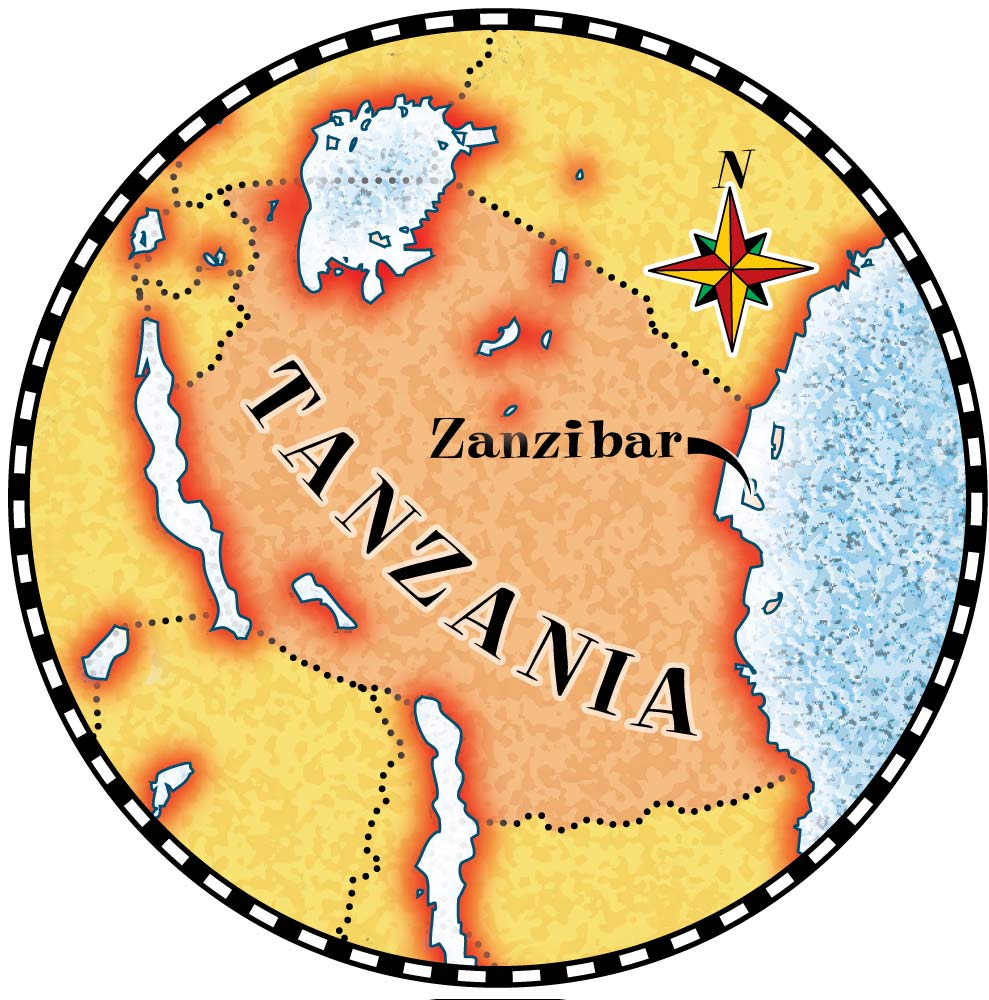Time for Kids hired me once a year to make a series of maps for their "Around the World" feature. The Ecuador map displayed the unique native animals while maps of other nations showed landforms, industry, national parks, history, and landmarks. The animals were always everyone's favorite.
























































































